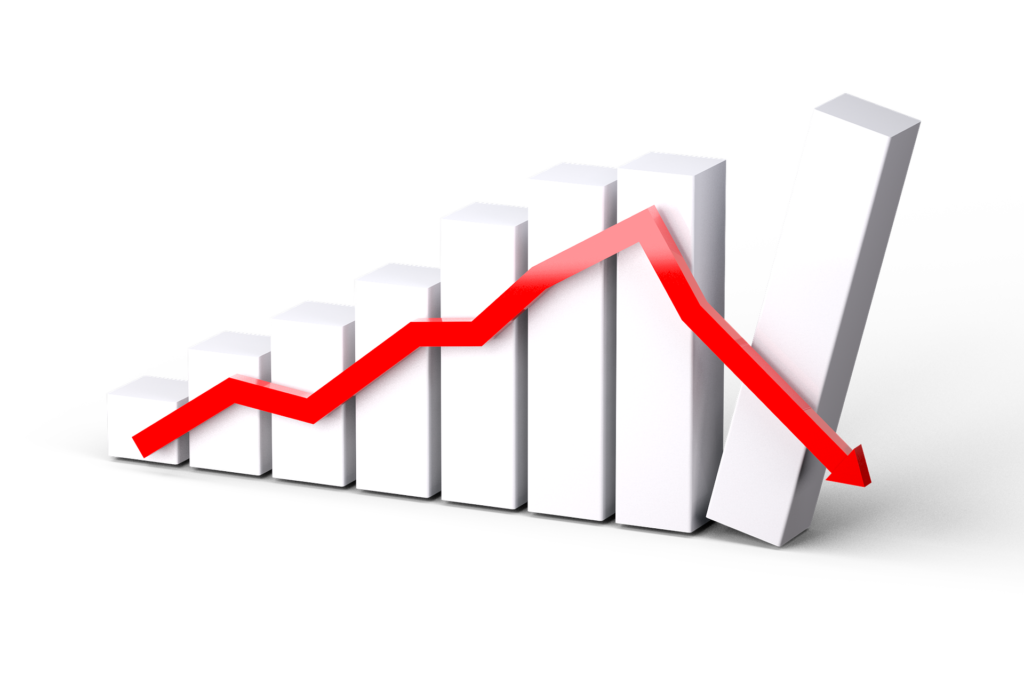Market timing is the practice of attempting to buy or sell investments at the right moment for maximum financial return. A central tenet to market timing is that investors should ‘buy low and sell high’. Therefore, if investors can successfully predict when a market price will hit a peak or recover from a trough, they can time the deployment of their capital in a way that delivers a superior return to simply holding onto investments in all conditions.
Market timing is an example of an active investment approach, as it relies upon the individual judgements of the trader to execute.

How to time the market
There is no generally accepted valuation approach to timing the market. Successfully timing the market is by definition beating the market – something that statistically fewer than half of market participants can possibly hope to achieve.
Analysts and traders can use historical regression analysis to identify statistical indicators that tipped off the peak or trough in the markets over a look-back period. They can then set trigger levels at which to trade when their model suggests that a market is currently under or overvalued.
Like many active strategies, the reliance upon publicly available information means that many other traders could also be crowding into the same trade, reducing its effect. Once an indicator becomes so widespread that it becomes part of the way many investors view the market, it begins to fail as a predictor, because prices already include the impact of the indicator.
The extent to which this occurs is frequently debated by academics and industry professionals.
Examples of quantitative metrics used to time the market include:
- High Price: Earnings ratios and countless derivatives thereof (suggesting firms are highly valued)
- Period of time since last price correction (based on the theory that financial market cycles follow patterns and market crashes occur with regularity and therefore a long period without such a crash suggests one is overdue)
- Suddenly increased volatility in the markets (suggesting that confidence is waning and prices have little support)
Some analysts prefer to use fundamental factors, such as the occurrence of events in the market or wider economy that signals that a cycle is well underway or approaching a peak.
- Household debt levels increasing (suggesting economic growth is being funded unsustainably)
- Rising default levels on debts (suggesting that the economic pain of credit losses is about to become an issue)
- Consumer price inflation sharply rising (suggesting that the economy is straining after a period of economic expansion)
The best economics books often list these indicators as classic examples of signs that an economy is overheating. This can suggest that if financial markets are still roaring, there could be a sting on its way. It’s logical to therefore see these indicators being used by traders attempting to time the market.
How easy is it to time the market?
The simple answer is that it’s incredibly difficult to time the market. As humans, we like to draw patterns and we can occasionally place too much confidence in our ability to predict events.
These two human habits often combine to instil in investors a sense that they have a better-than-average ability to time the market. But for regular retail investors, this has been comprehensively disproven in multiple studies.
Experts don’t find it easy either. Annual studies conducted by Dow Jones have revealed that 85% of actively-managed mutual funds investing in companies in the S&P 500 index have underperformed the index. In other words, these fund managers have failed to justify their fees because an average Joe who invested at a low cost in the whole index could expect to perform better than their funds.
Remarkably, some active retail traders who churn their portfolio several times a year in an attempt to time the market can actually experience negative returns in a flat stock market. With such examples to hand, one wonders whether you would actually see better financial returns signing up for no deposit casino free spins instead and trying one’s luck in a gambling environment.
This comparison becomes even more reasonable when you consider the ‘random walk’ of the markets. This is the principle that any individual security has a roughly coin-flip probability of going up or down on a given day.
When facing such odds in the short term, any day trader who believes they can win this series of 50:50 bets on market direction is effectively betting red or black in a game of roulette.
Only over long time periods do equities provide a positive, risk-adjusted expected return. In the short term, trading is a gamblers game,
As a result, we don’t suggest a ‘correct’ time to buy shares or the right time to sell them. Instead, we suggest that those who find investing to be a good use for their money, commit their funds to the stock market for a period of 5 – 10 years at a time if they want to sleep soundly.